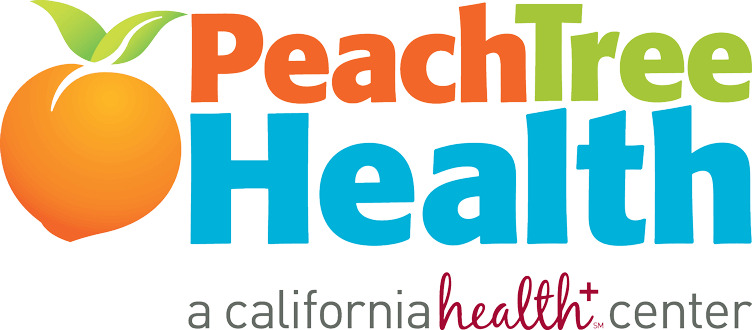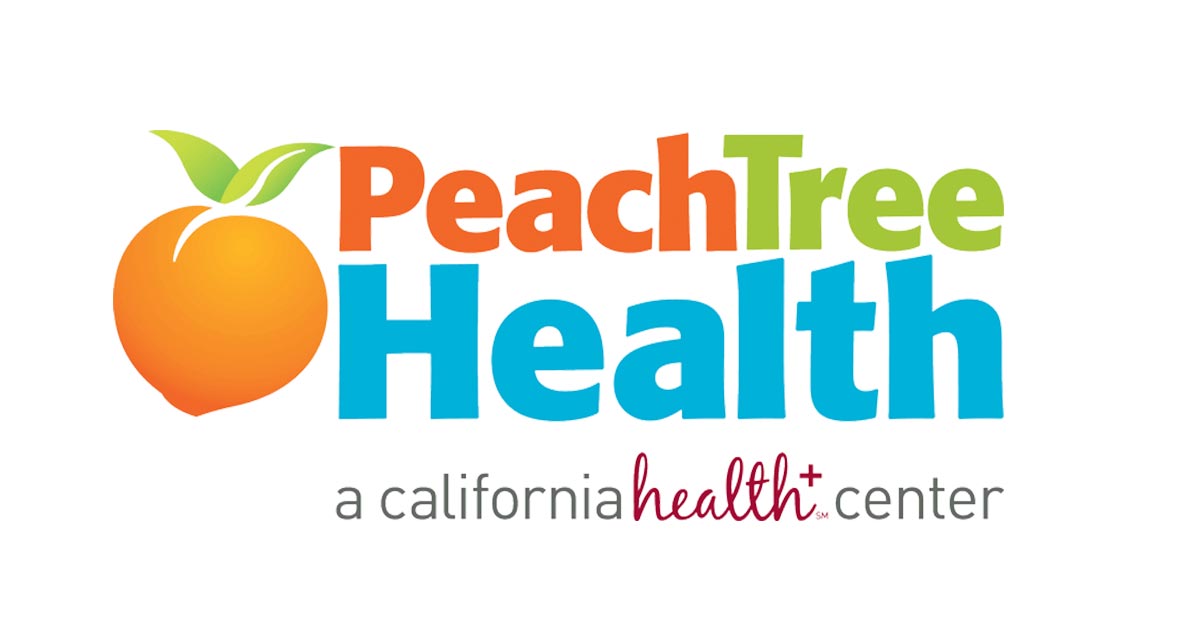Does Having Medi-Cal Coverage Decrease Emergency Room Utilization? The Magic 8-Ball says “Don’t Count On It”.
One of the positive outcomes anticipated with the expansion of Medi-Cal coverage under the ACA was a reduction in “unnecessary” emergency department visits. Hospitals are legally obligated to treat all patients that present in their emergency room, causing long wait times and financial losses due to overuse and poor reimbursement of these services. The assumption going into the ACA expansion was that people without health insurance were habitually using hospital emergency departments for all manners of non-emergent care because they could not afford to see a doctor for primary care.
So, after several years of Medi-Cal expansion, are hospitals feeling the predicted relief from unnecessary ED visits? Based on my experience and after many meetings with hospital executive staff on the topic, I think Medi-Cal expansion has largely failed to make meaningful changes to emergency department utilization. In fact, many hospitals claim Medi-Cal use has actually increased. Over the past year, I have participated in meetings with all of the Sacramento area hospital systems to determine why a high Medi-Cal demand for ED service still exists. The focus of their problem solving has now shifted to the assumption that community health centers (like Peach) must not be doing their job in preventing unwanted emergency room demand. Hospitals often assume FQHCs are simply not seeing more patients, offering appointments when needed and not managing chronic conditions adequately. These assumptions are incorrect and still miss the root causes to this problem. I would argue that increased ED utilization by the Medi-Cal insured is almost inevitable.
For the truly uninsured, the hospital ED is often their only option for care. People not utilizing community health centers’ sliding fee program will discover that no private or hospital foundation physician is willing to accept them as new patients. They often live in a family culture void of traditional health care and have been educated to use the ED as their healthcare once their condition became unbearable. They receive an outrageous bill after their emergency room visit, are unable to pay it and simply return to the ED next time a problem presents itself.
Simply giving this same patient Medi-Cal coverage does not change their behavior in the way it was anticipated. Going to the ED is now an improved experience for the Medi-Cal patient. All hospitals accept Medi-Cal yet are unable to balance bill the patient for any expense greater than their Medi-Cal reimbursement. This means no more emergency room bills for the Medi-Cal patient, and no restrictions on the number of times the patient can present for care. Why go to a scheduled primary care doctor appointment when you can simply walk into the ED whenever you want healthcare?
If we apply some fundamental economic theory to this problem, the outcome seems even more obvious.
Q: What happens when you dramatically reduce the cost of a good or service? (like expanding Medi-Cal)
A: Demand for that good or service increases. (more “free” ED visits)
Based on some of the hospital data shared with me and Peach Tree’s own patient volume and utilization rates it looks like two trends may be occurring.
1. Medi-Cal patients are utilizing Peach Tree’s primary and specialty care services at a higher rate than before the start of the ACA. Both in terms of more new patients establishing care and patients seeing their doctor more often each year.
2. Fewer Medi-Cal patients are using the emergency room in general, but the ones using the ED are doing so more often each year.
If you peel back the problem a little further and ask “how can we divert or screen these patients before arriving at the hospital?” another systems issue emerges. Looking into the hospital data a bit deeper we find that many of the high-utilizer patients in the ED arrive in the back of an ambulance. These patients either personally call 911, or someone else calls 911 on their behalf. Once the 911 emergency medical system is activated, the patient must almost always be transported to the emergency room and admitted through the back door. There is no way to pre-screen these patients for acuity or navigate to a clinic before they are admitted to the ED. These non-emergent 911 calls are also slowly bankrupting small volunteer fire departments and ambulance companies due to high volume/low paying passengers.

So, we now we have to go back to the Magic 8-Ball and reframe our question.
Q: If the ACA was not the fix we needed, have we learned from our experience enough to propose a more improved healthcare system?
A: Outlook Not So Good.

